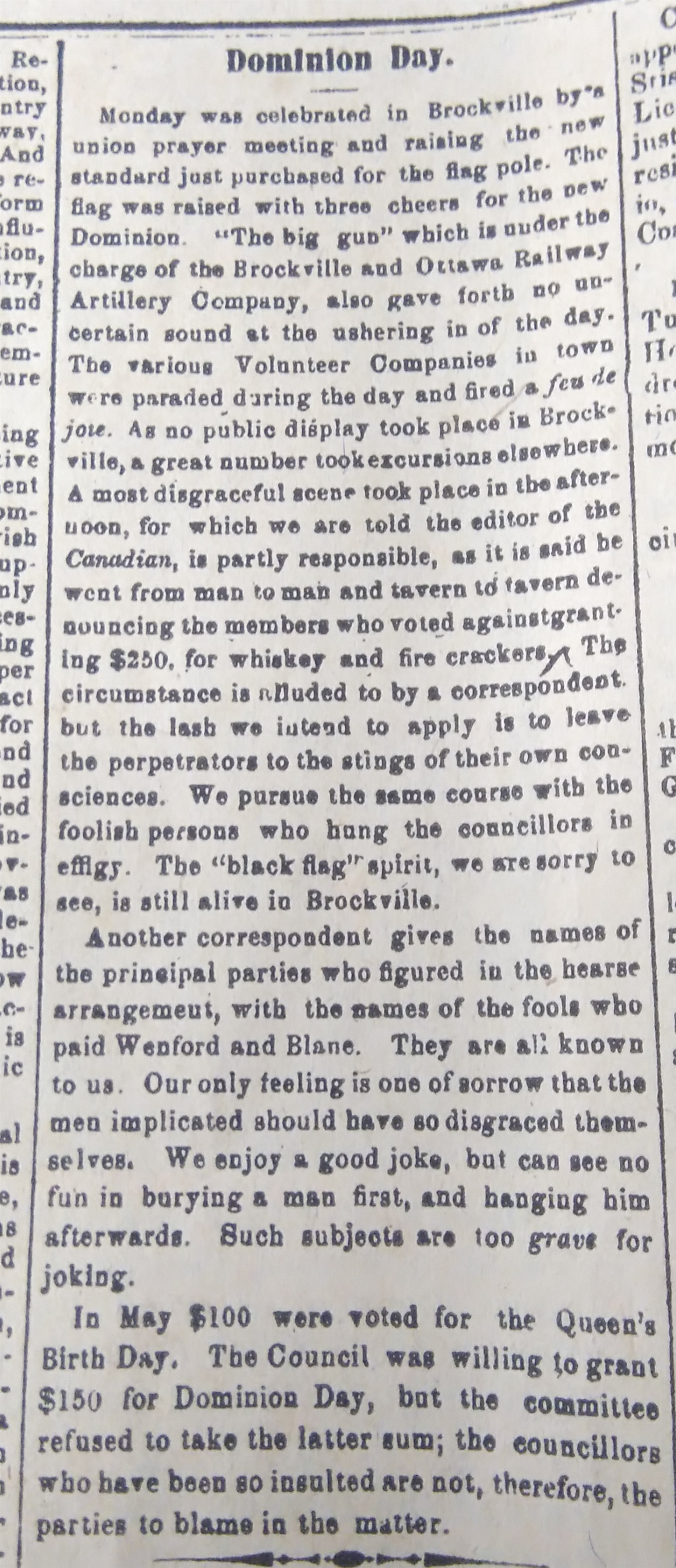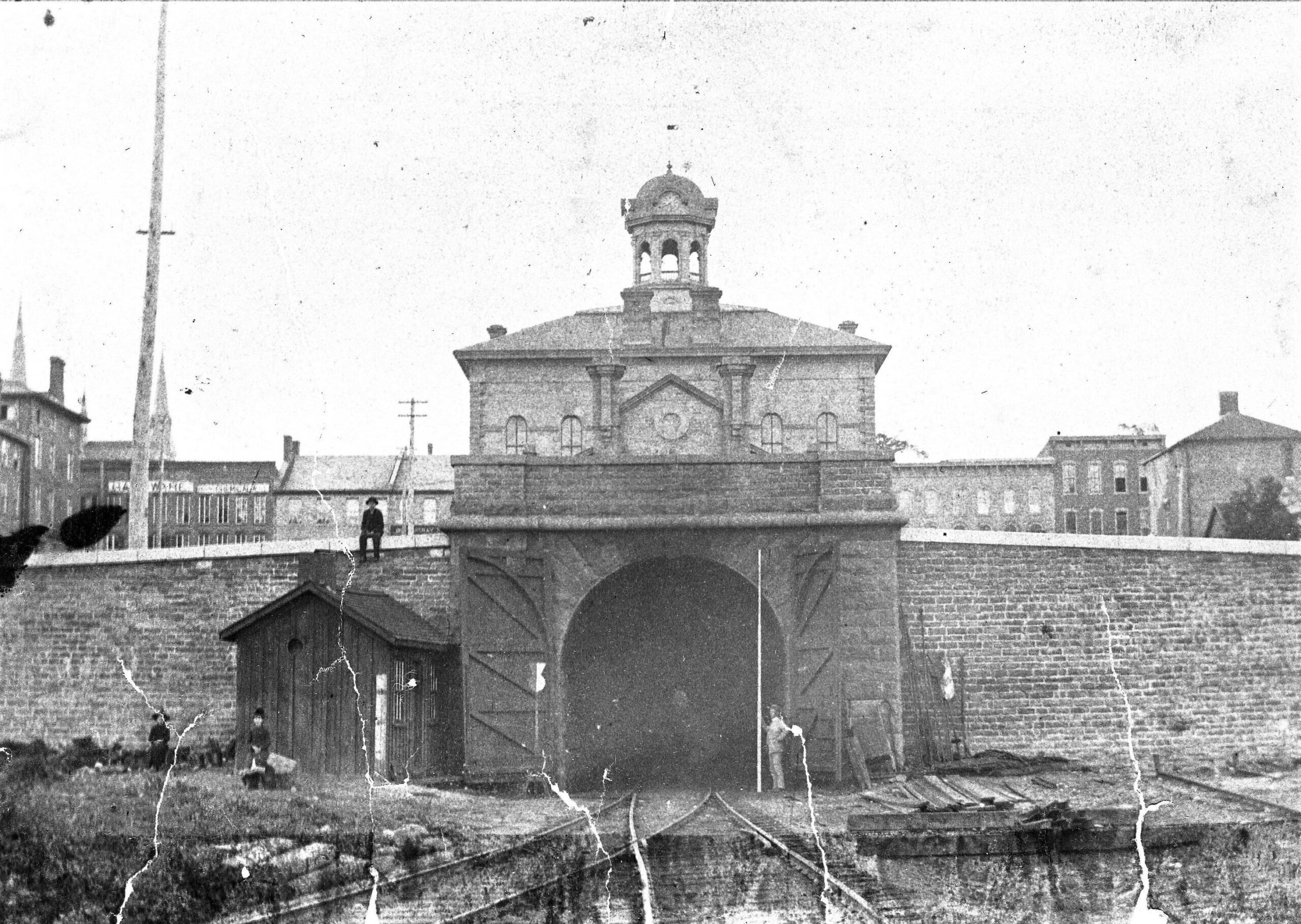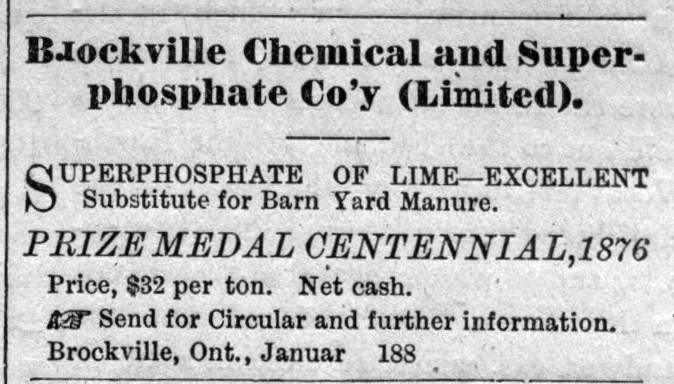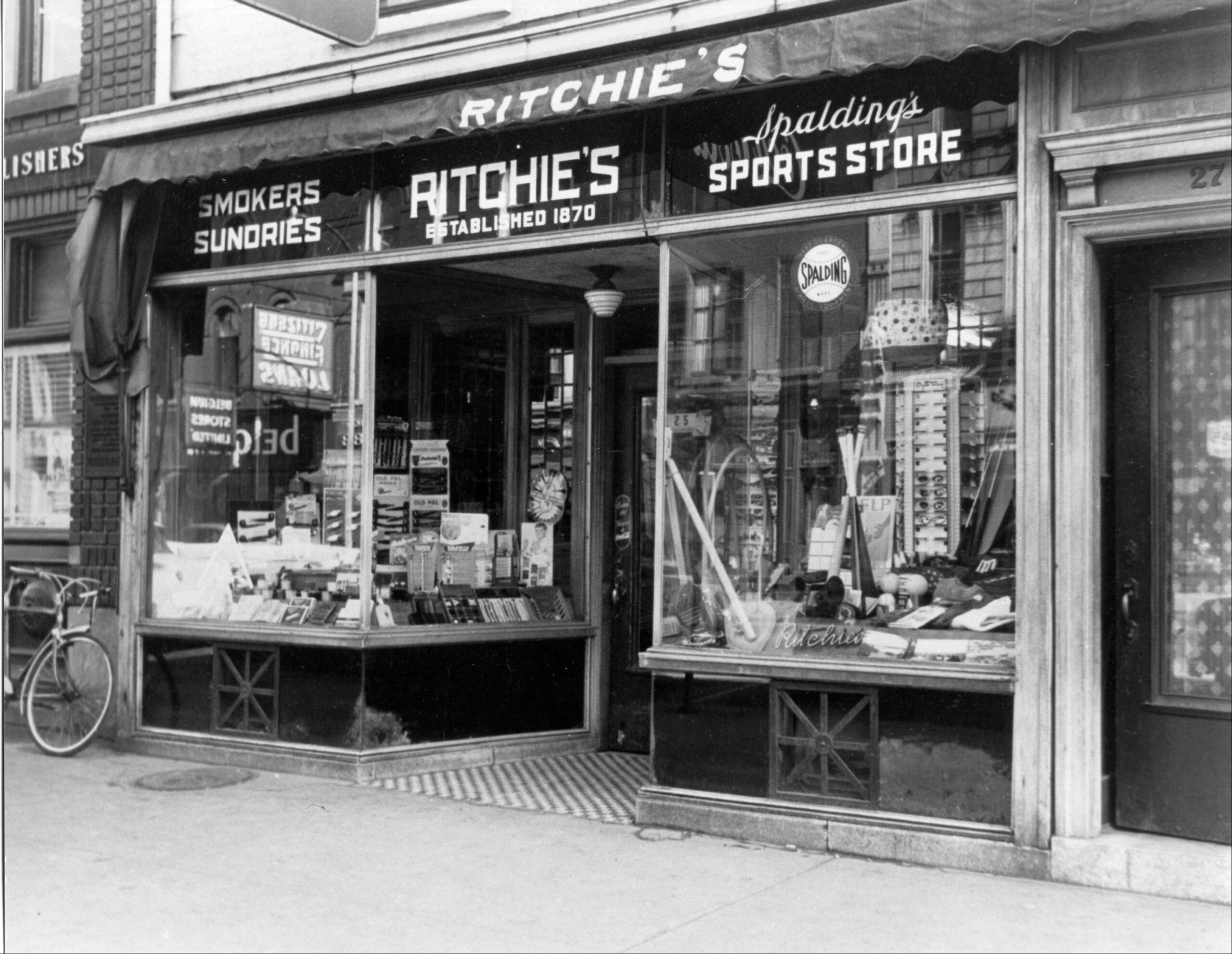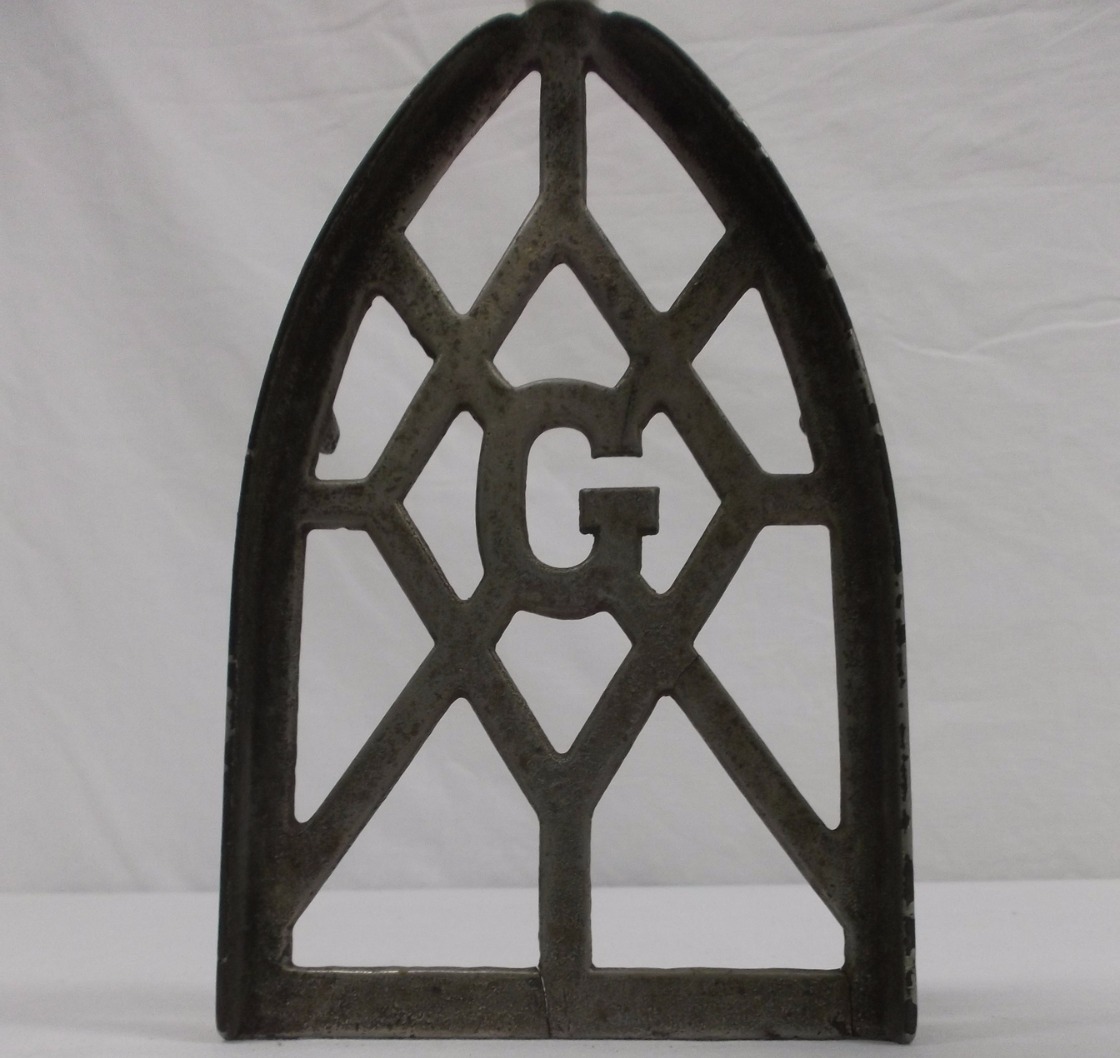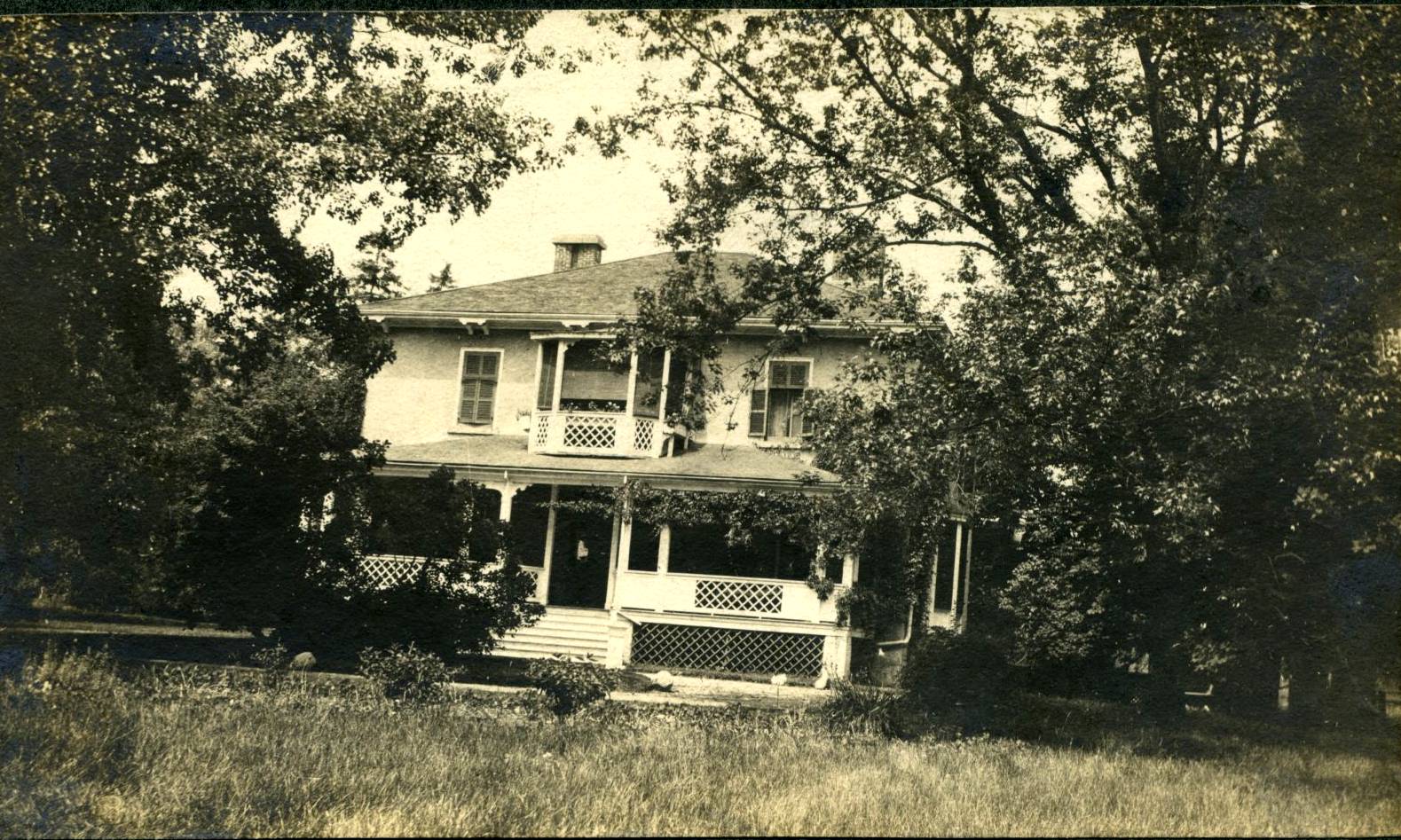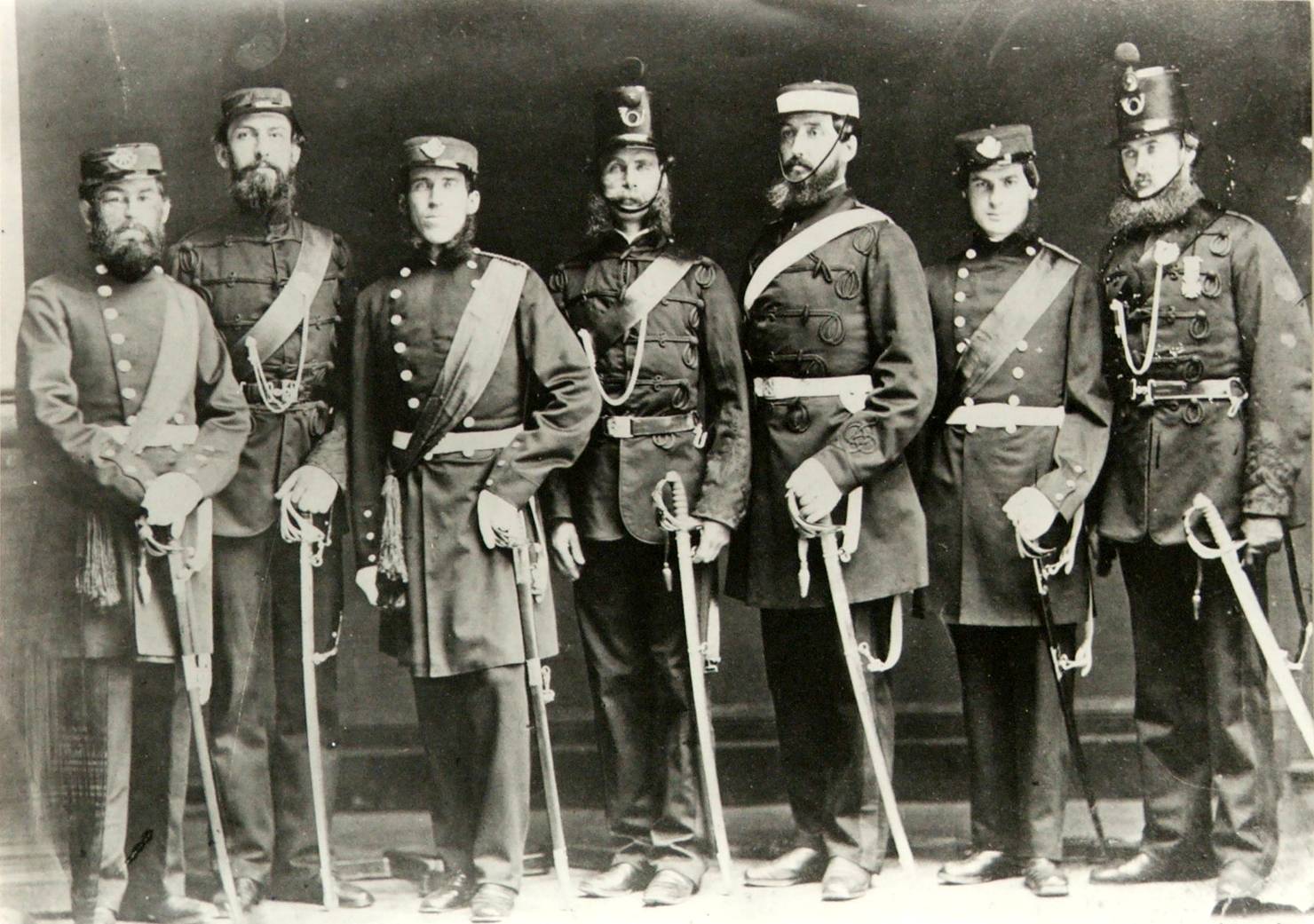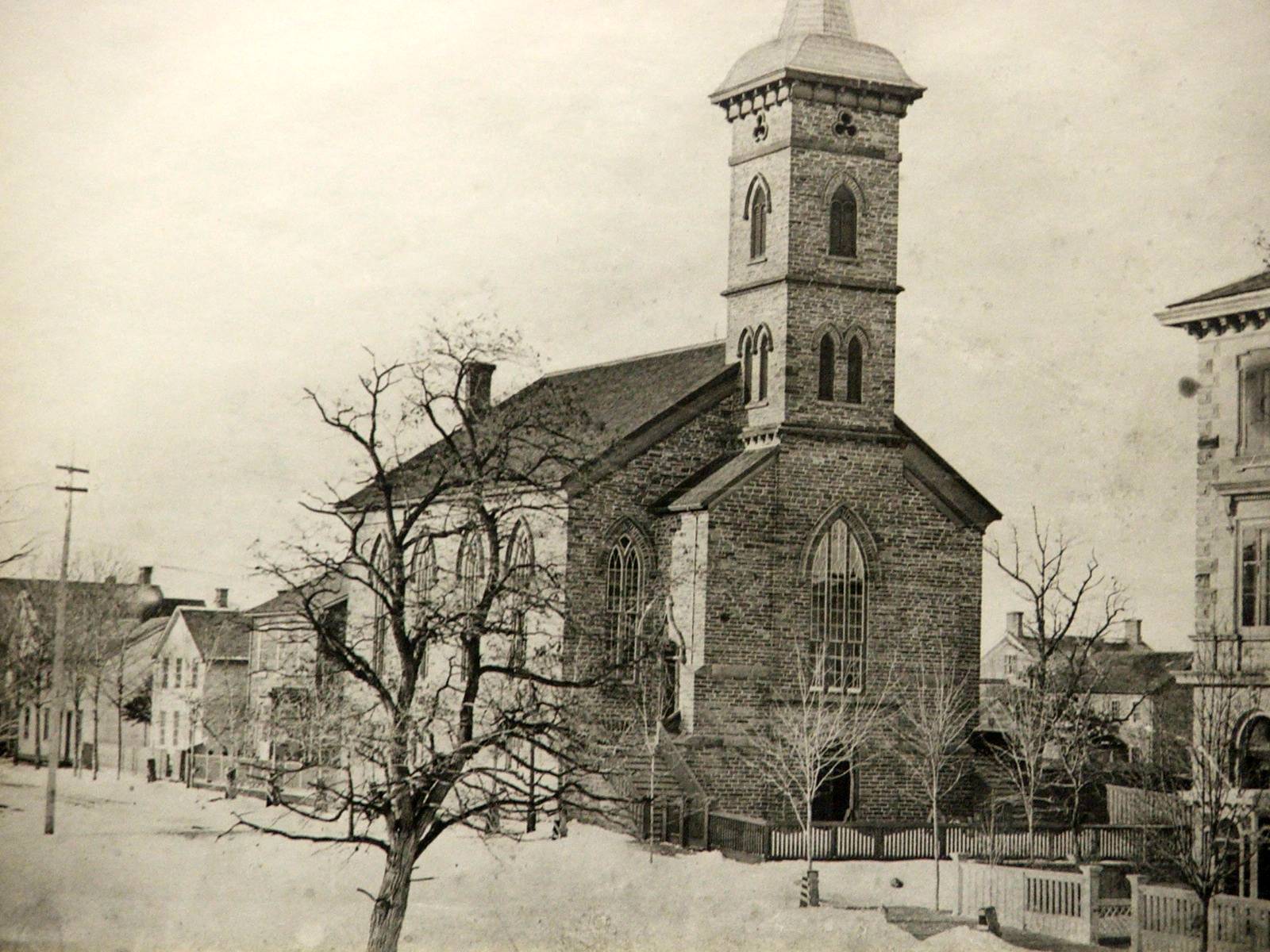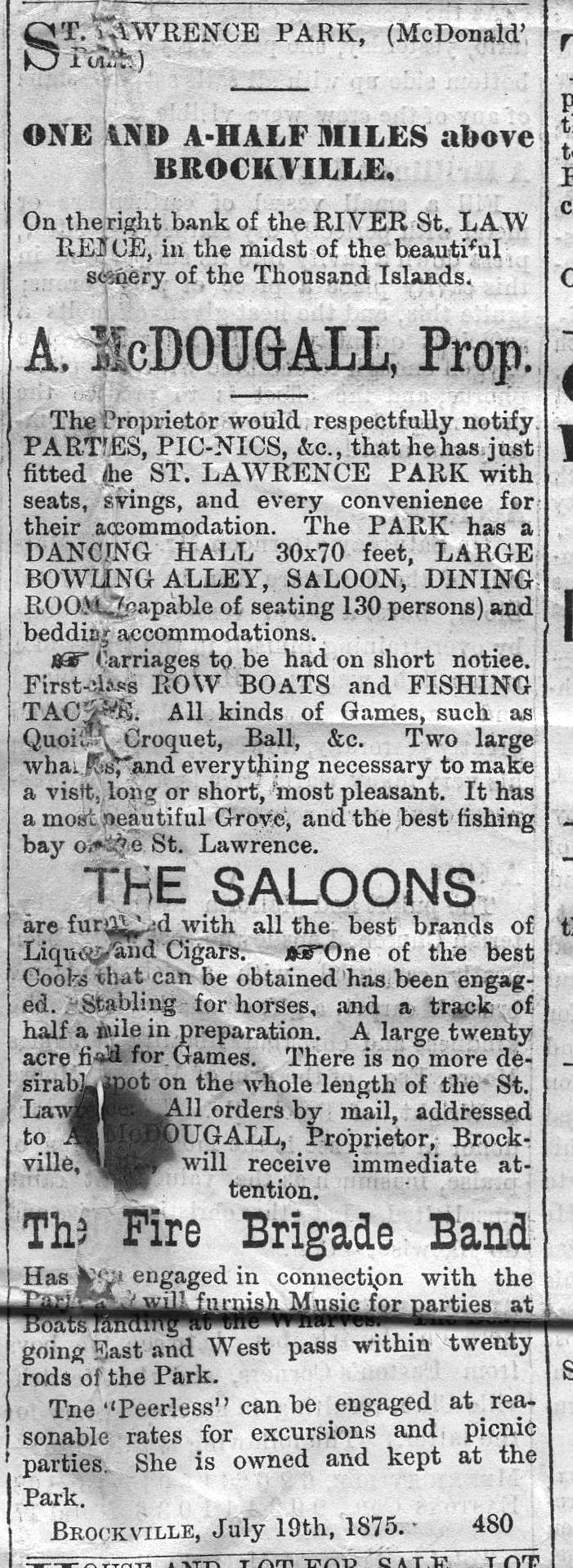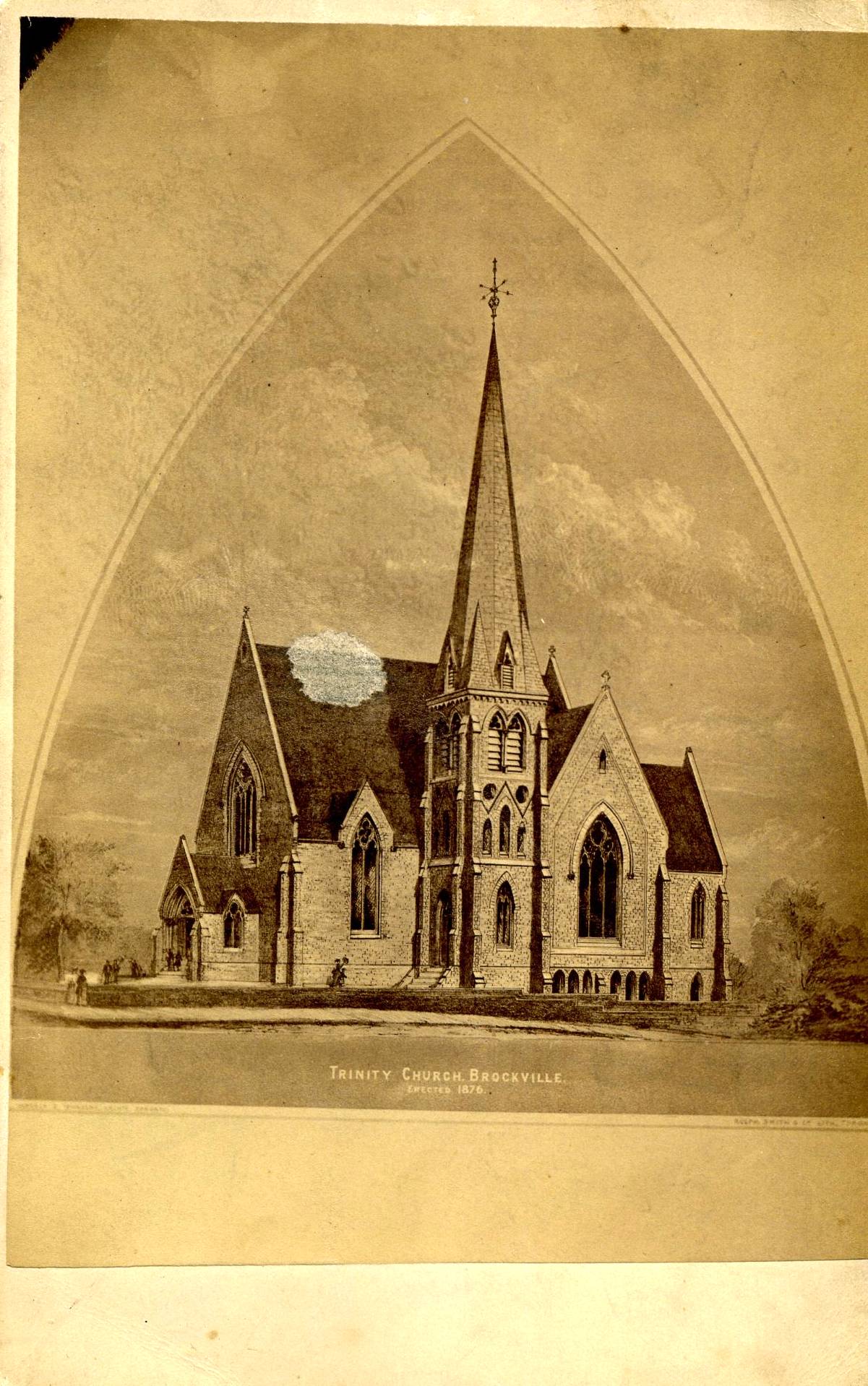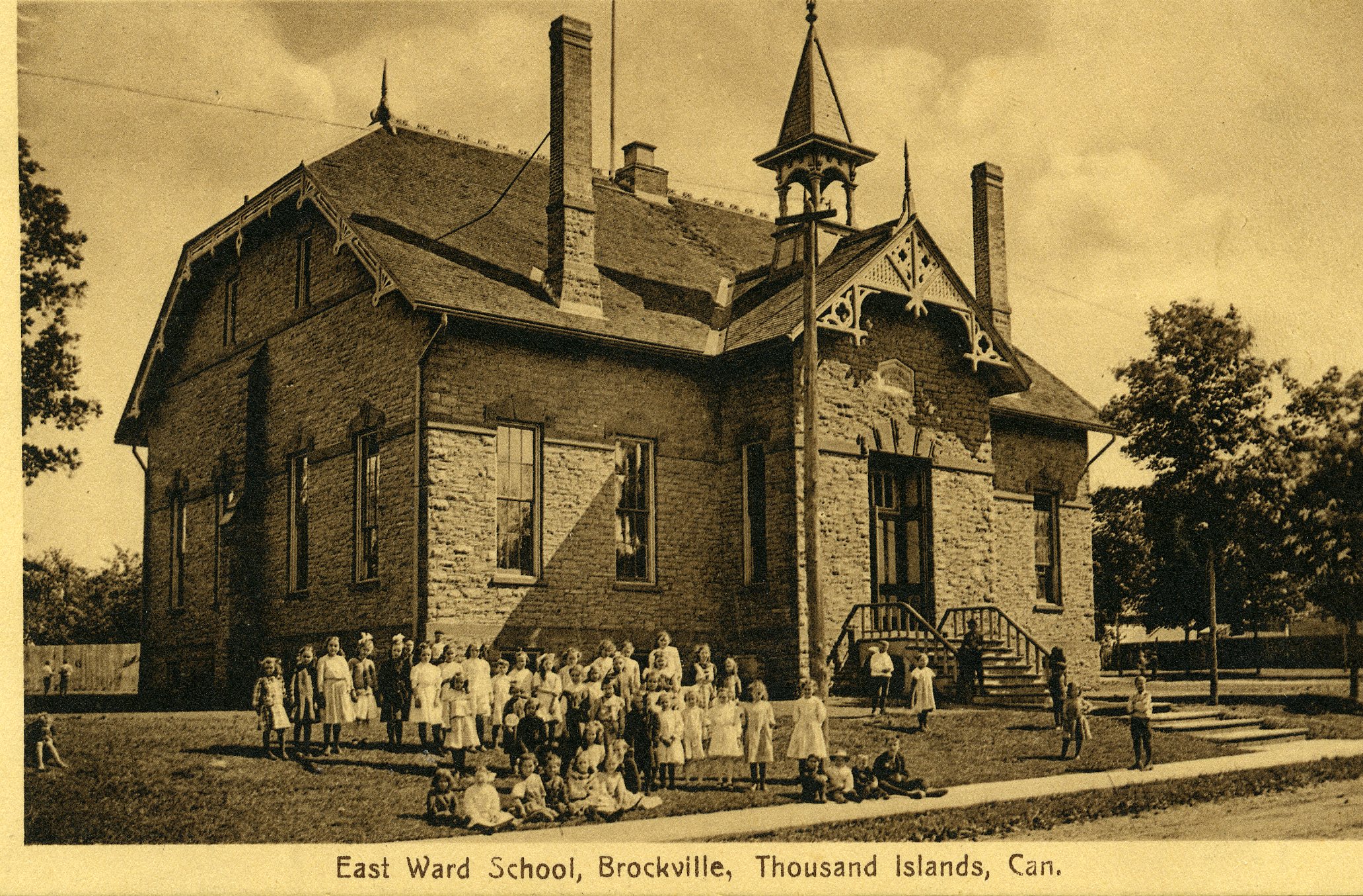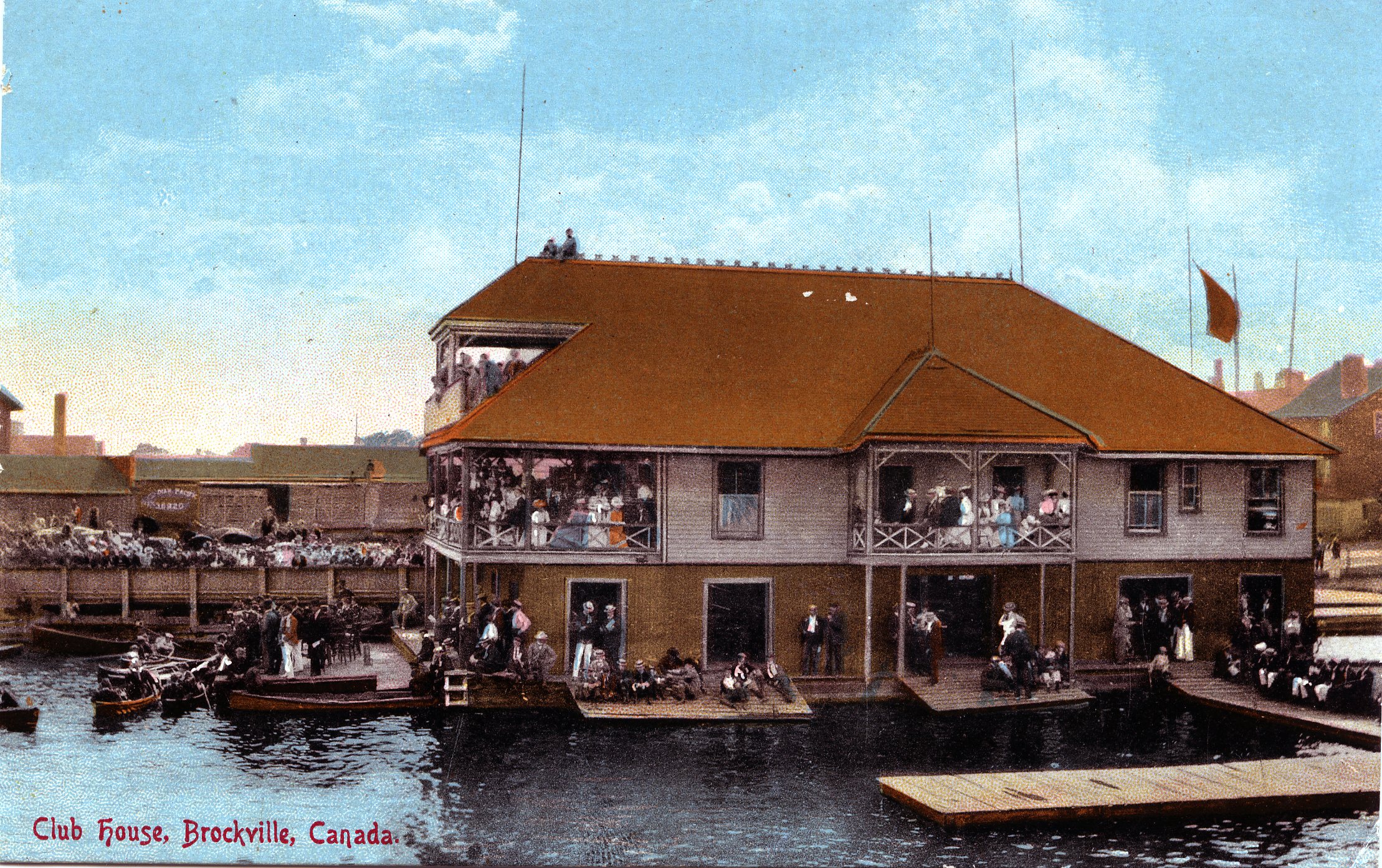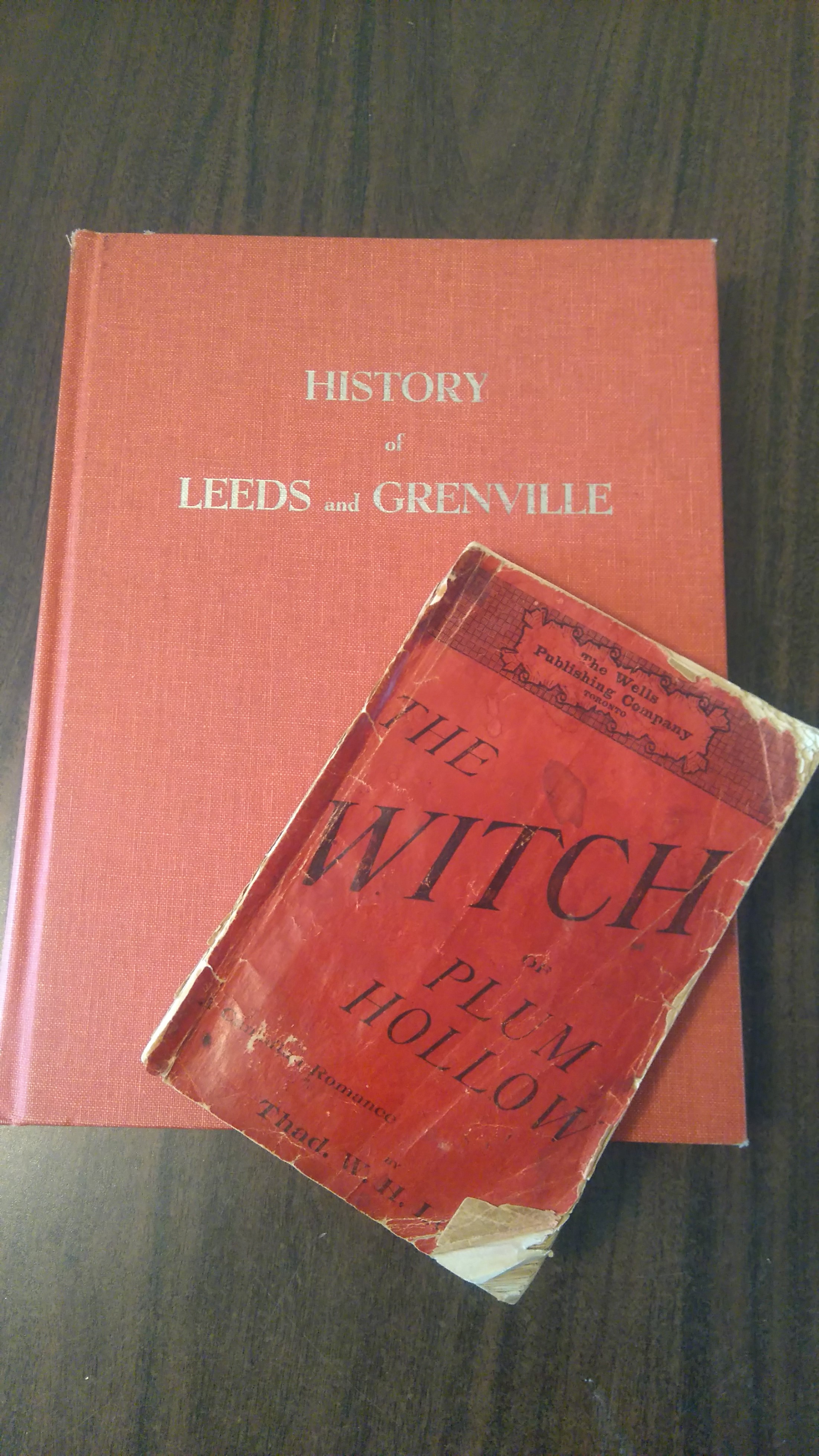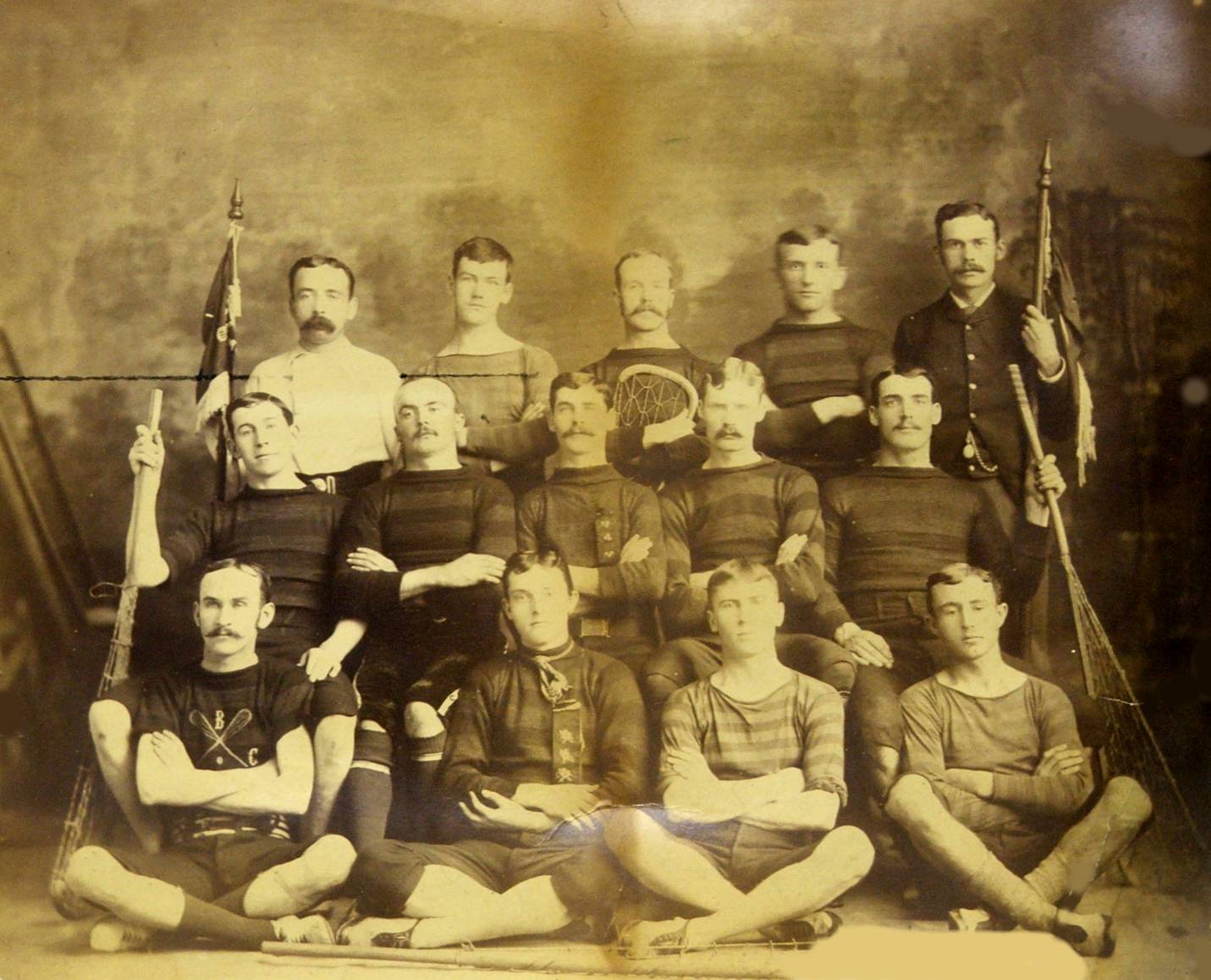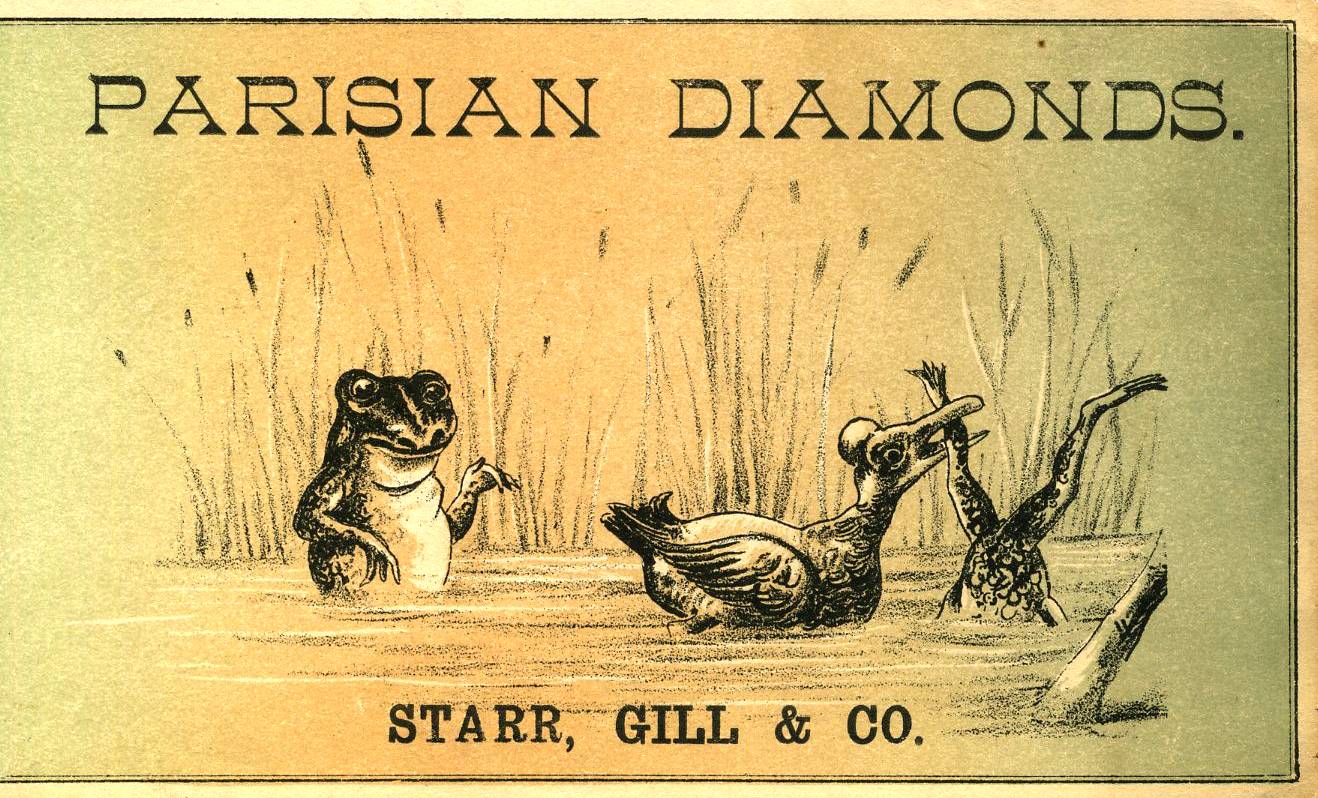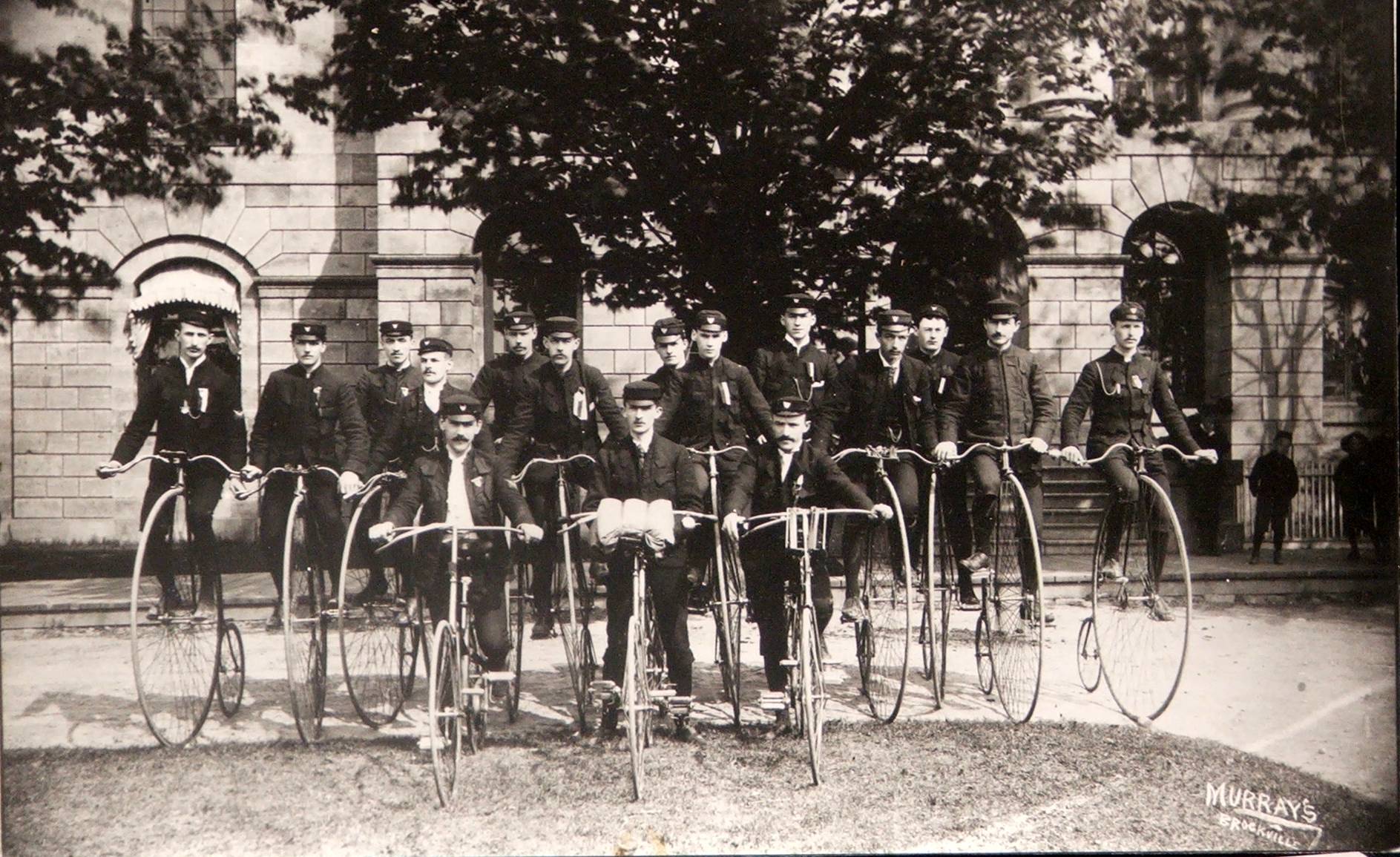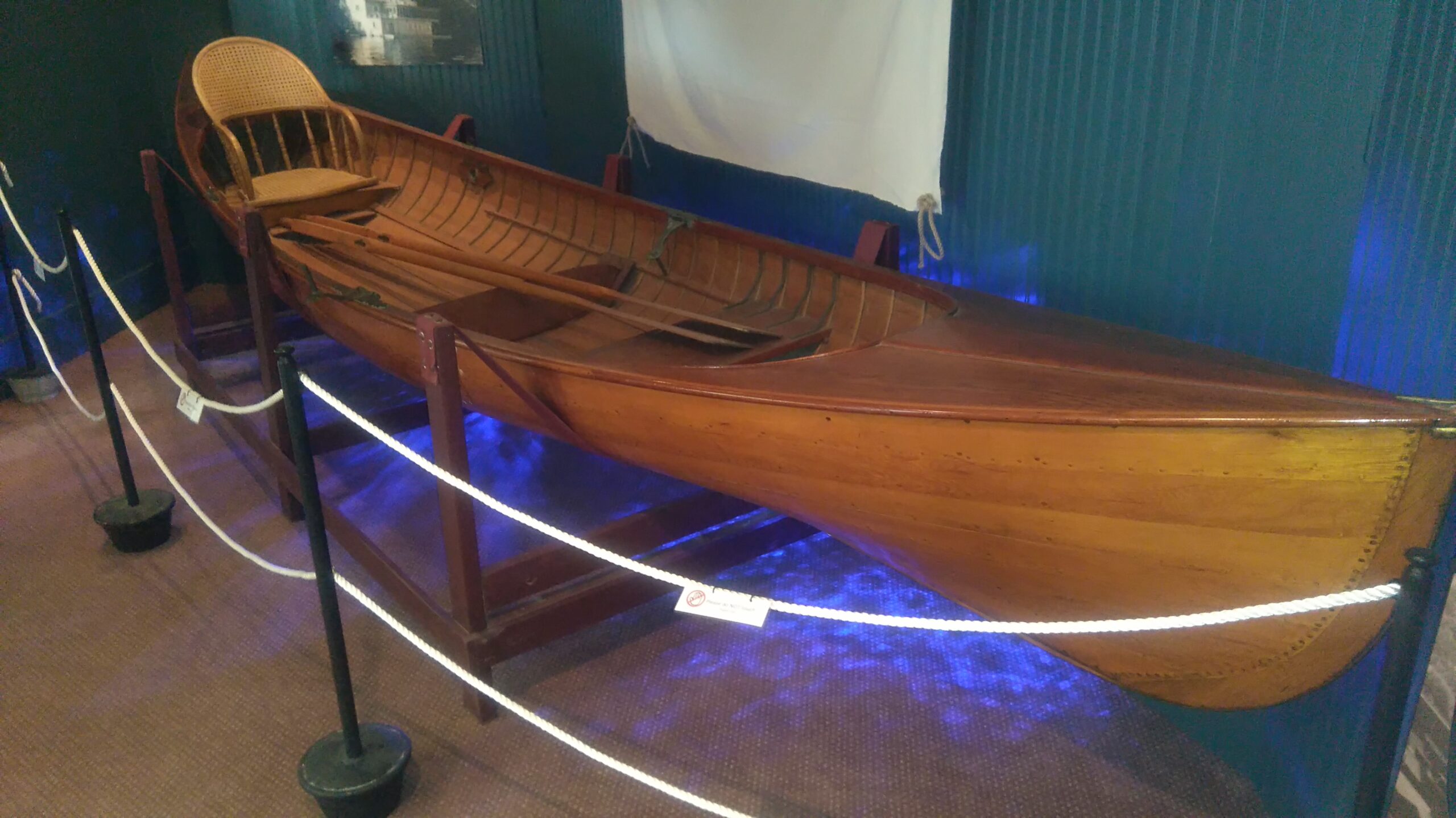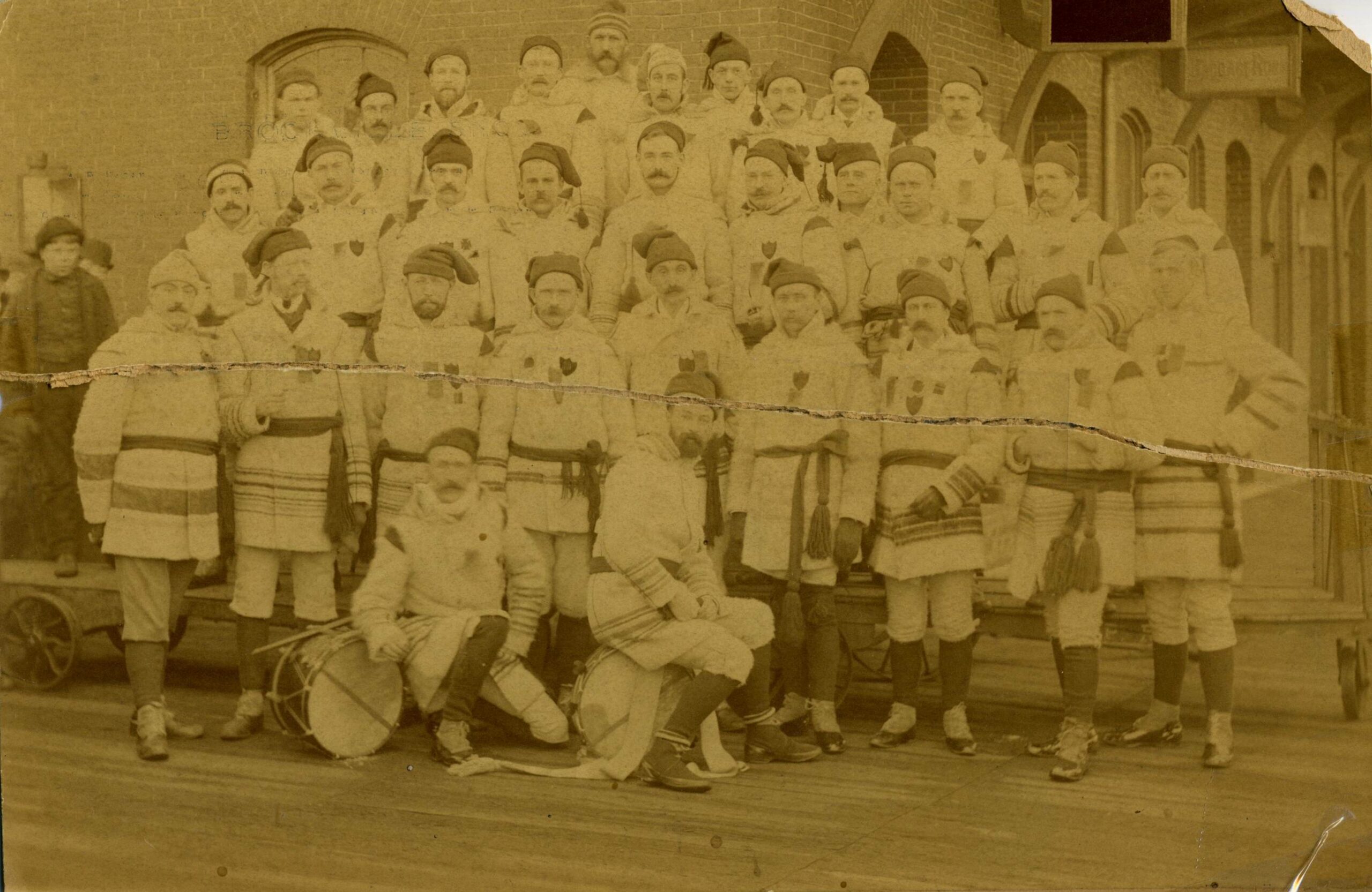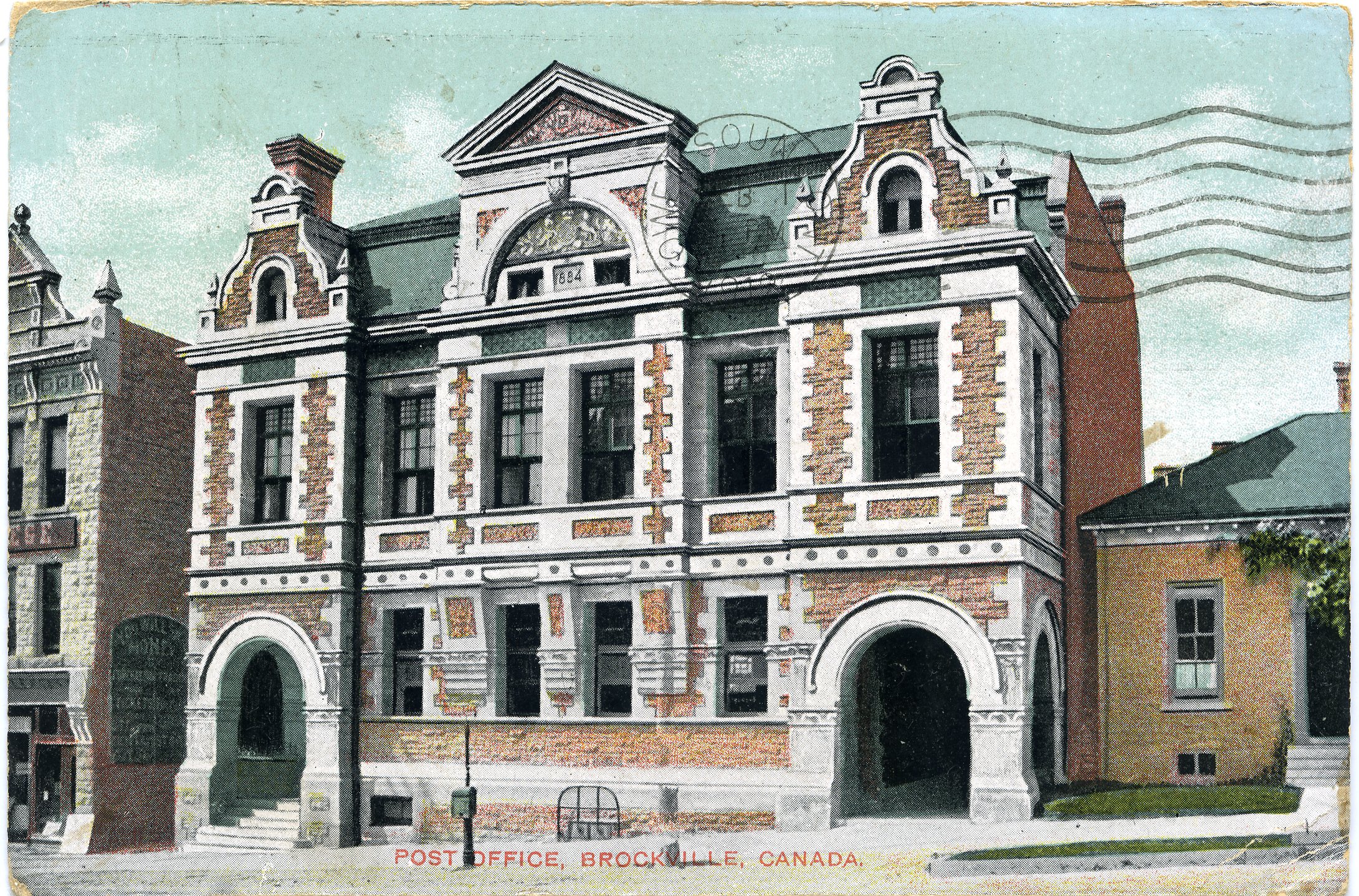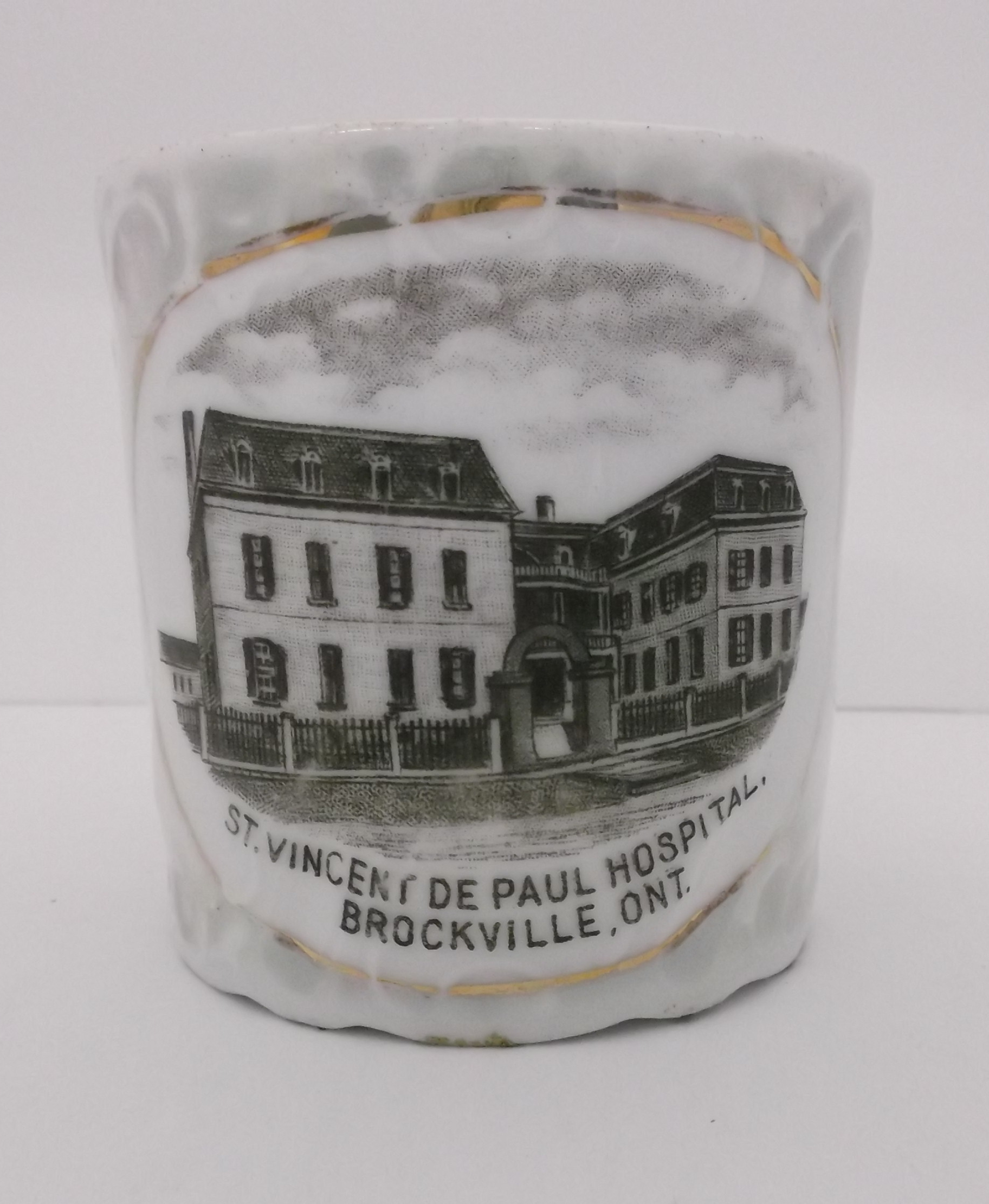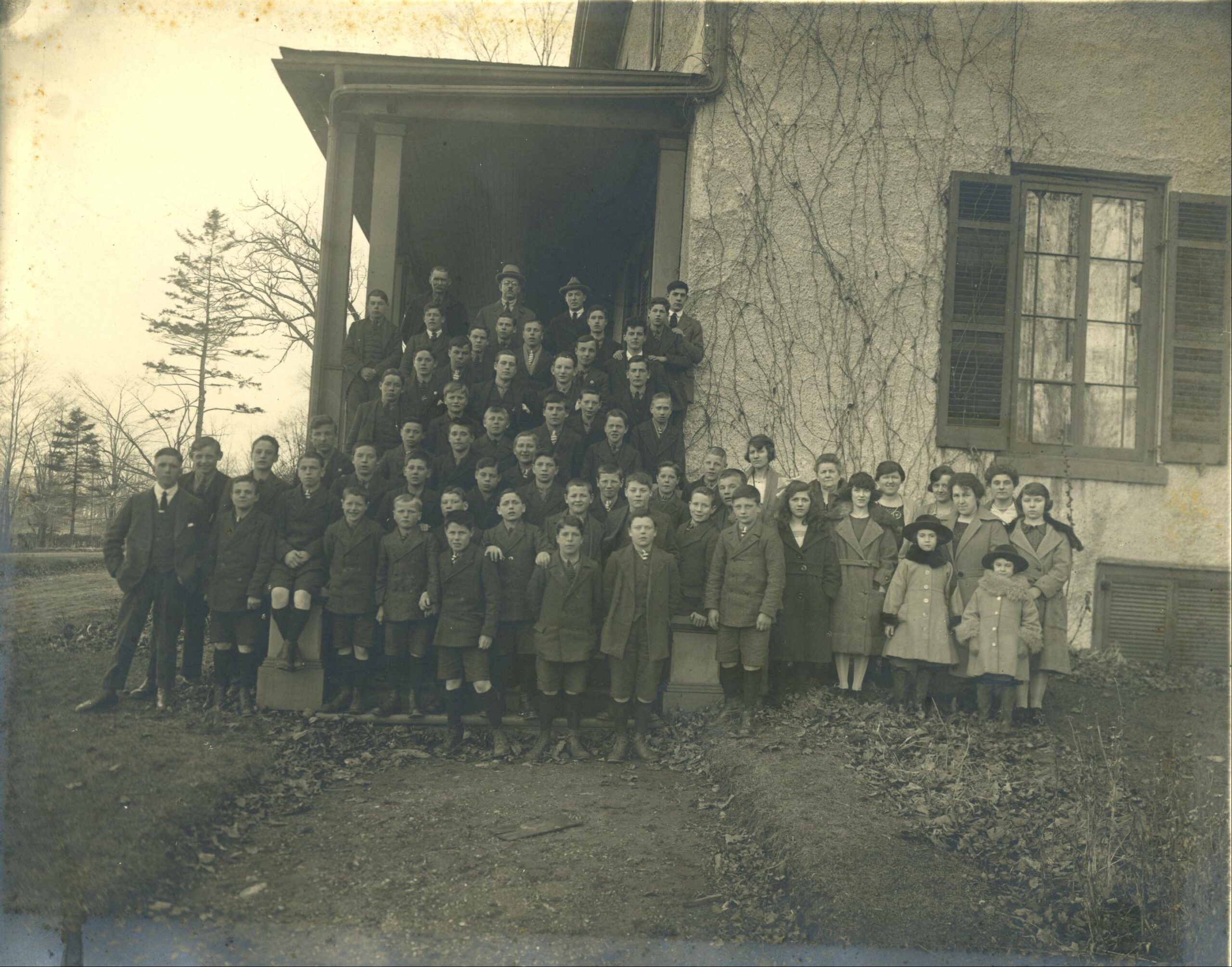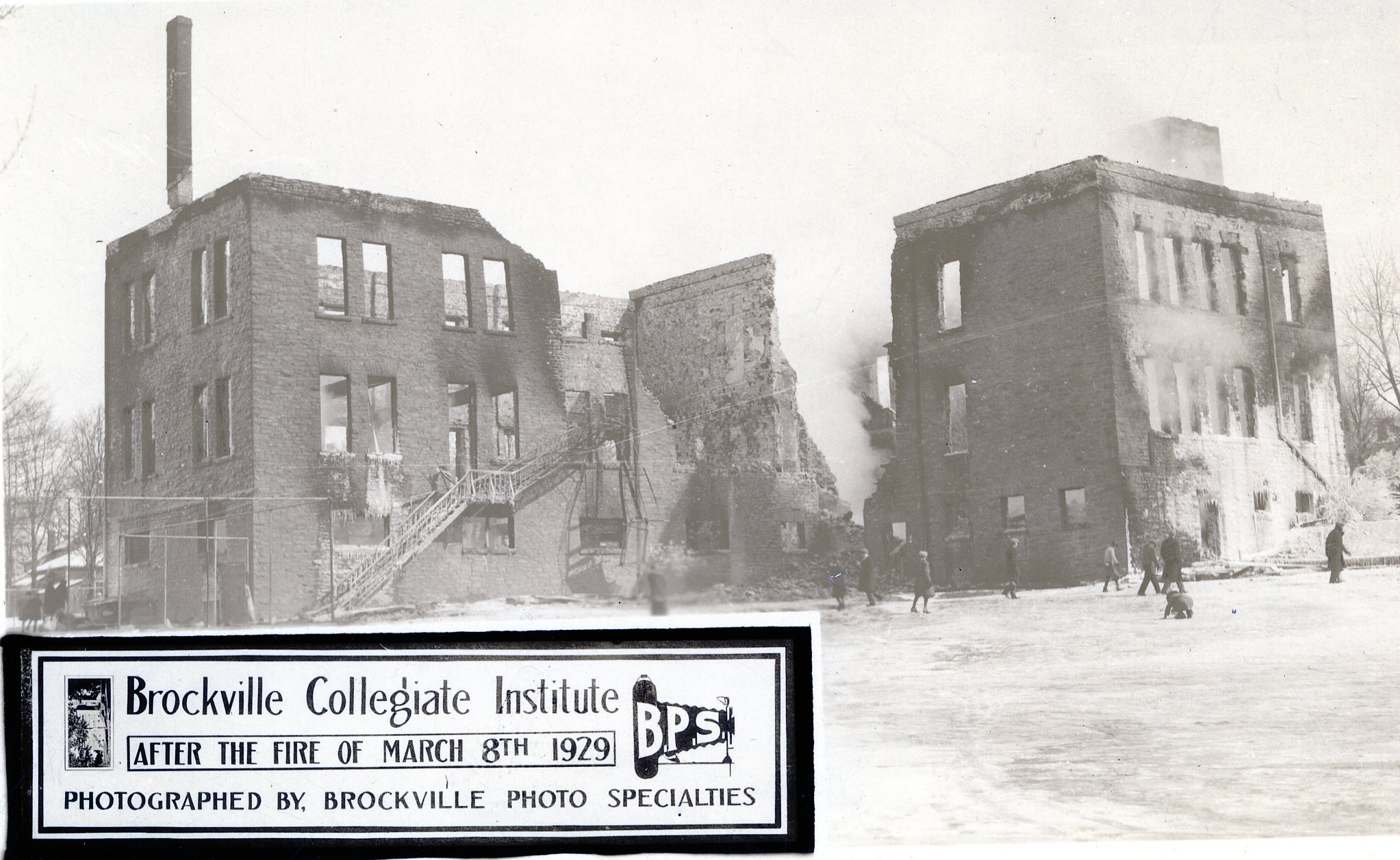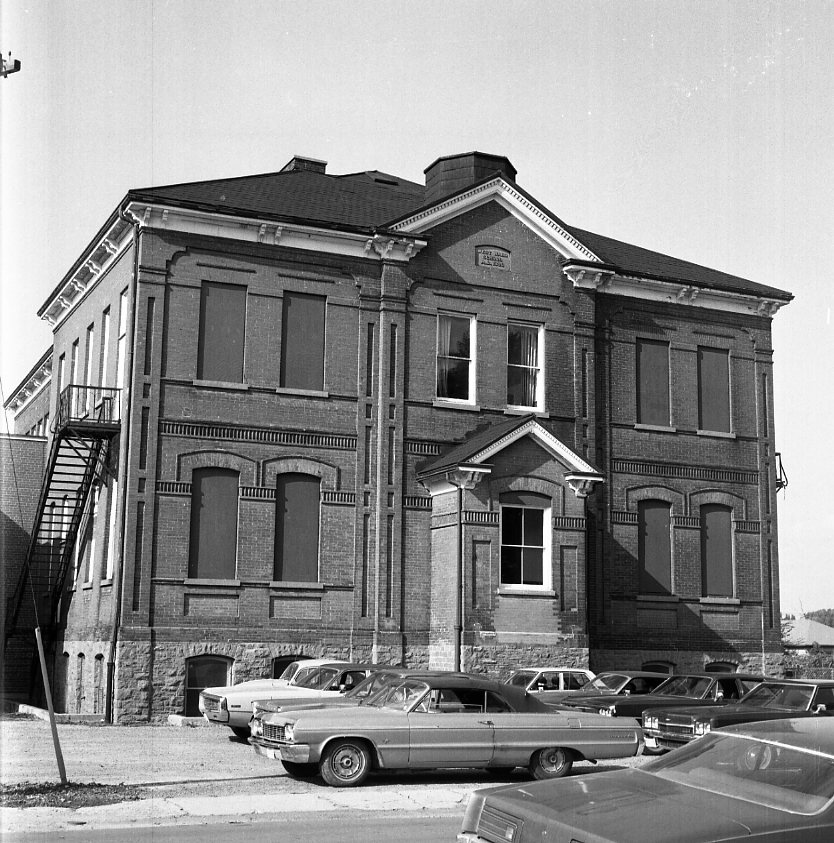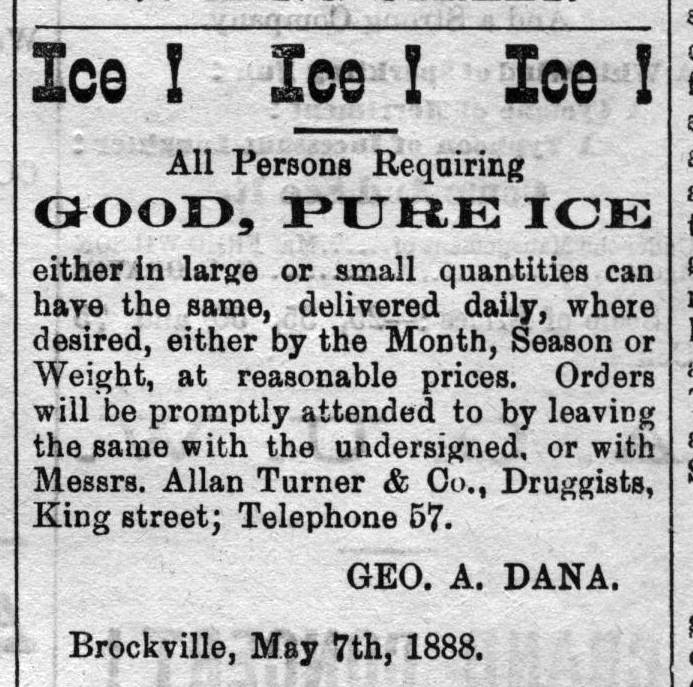150 Years of Brockville History – 1867-1891
150 Years of History – 1867-1891
Day 1 - 1867
This is part of the Brockville Recorder report (from a 1967 reprint) that described the scene.
Day 2 - 1868
Around 1868, vice president of the Brockville & Ottawa Railway, Harry Braithwaite Abbott, arrived in Brockville.
The most famous local B. & O. landmark is the railway tunnel. Much of the cargo hauled through the tunnel in those years was lumber.
Abbott would go on to manage the construction of the CPR out west and coordinate the transportation of troops in an attempt to halt North-West Rebellion, and its leader Louis Riel.
Pictured here is a view of the south portal of the railway tunnel.
Day 3 - 1869
The road that once led to the mine was, until fairly recently, known as Chemical Road. It is now named Old Red Road.
The company closed in 1884 when the local supply of pyrites had been exhausted.
Shared here is an ad for the company from The Weekly Recorder.
Day 4 - 1870
This a photo of Ritchie’s storefront on King St. c1970.
Day 5 - 1871
Rounding out the top 3 employers were the Brockville & Ottawa Railway Car Factory (138 employees) and Peter B. Jamieson Ready Made Clothing (37 employees).
Pictured here is a trivet with the “Diamond G”- the mark of Smart’s.
Day 6 - 1872
Chilion’s wife, Eliza was a very famous pioneer in the North American dairy industry.
Pictured here is Belvedere (located near County Road 2 and Belvedere Place).
Day 7 - 1873
Although not the Buell most often thought of, J.D. Buell was well-known in his time. He was a Captain with the local militia, organized to defend again the threat of Fenian invasion. He and his fife and drum corp were among those that held battalion drills on Court House Green every week.
J.D. Buell is pictured here on the far left with his fife and drum corp c.1860s.
Day 8 - 1874
The force of the crash knocked the professor unconscious and left the basket dangling 80 feet above the ground. He was rescued by being pulled through a trap door in the spire.
Pictured here is the Wesleyan Methodist Church (Wall St. United).
Day 9 - 1875
St. Lawrence Park may not have all these amenities today, but it is still a great place to visit any time of the year and has been for over a century.
Day 10 - 1876
Closed and deconsecrated in 2011, the future of the building is an on-going conversation for many Brockvillians. Many ideas have been suggested from a space for artists to condos to a brewery.
Picture here is an undated image of Trinity Anglican Church.
Day 11 - 1877
The building was one of many early schools in Brockville. In poor repair, it was torn down in 1999.
Pictured here is an exterior photo of the school.
Day 12 - 1878
Rowing regattas were popular spectator sports in Brockville for many years.
Pictured here is a postcard from the old Rowing Club on Ferry St.
Day 13 - 1879
Leavitt became the co-owner and editor of the Brockville Recorder in 1875. He went on to found a rival paper, the Brockville Times, in 1881. In addition to writing The History of Leeds & Grenville, he also wrote novels. The most well-known is “The Witch of Plum Hollow” in which the famous local clairvoyant Mother Barnes is featured.
Day 14 - 1880
Day 17 - 1883
Pictured is a photograph of Brockville’s early cycling club.
Day 18 - 1884
The Sauve Brothers became internationally renowned for their racing skiffs and sailing canoes. They operated in Brockville until 1898.
Pictured is a Sauve skiff, on display at the museum
Day 19 - 1885
An item in the local paper in 1885 mentioned one man on snowshoes: “Valentines are flying today,” they report, “and one of our snowshoers tramped through deep snow this morning all the way to Ogdensburg [to deliver his Valentine message].”
Pictured here is an early photograph of the Brockville Snowshoe Club (circa 1890s).
Day 20 - 1886
The building has also housed the Catholic Cultural Centre (1965) and a conference centre/market (1992). It is now the home of Service Canada and remains a focal point of downtown Brockville.
Pictured here are a post card of the post office (circa 1912).
Day 21 - 1887
In 1892, the hospital was moved to the corner of Garden and Pine Streets. The east wing was added in 1896 and by 1924 the nurses’ residence was part of the hospital complex.
Further expansion in 1968 meant demolishing some of the hospital’s older buildings. It is now part of BGH’s Garden St. site.
Day 22 - 1888
Between 1871 and 1935 seven thousand of these ‘Home Children’ came to Canada through the Quarrier organisation.
The building is now used as apartments.
Day 23 - 1889
The school was destroyed by fire in 1929. After a complete rebuild, the new BCIVS reopened the next year with 15 teachers, 13 classrooms a library, assembly hall, gymnasium, office, lunch room, art room and at least 3 laboratories.
Day 24 - 1890
Last school year, Prince of Wales celebrated its 125th anniversary.
Currently the future of the school – is under discussion as enrollment decreases throughout the local area.
Day 25 - 1891
“A great many of our citizens are at present employed harvesting the ice crop. Ice 18 inches thick is being cut at Clayton. It is not over 11 inches here.”
Ice cutting was once a large industry – and not just for the companies supplying ice to hotels and restaurants. Many folks cut ice along the river to store in their own ice sheds to use throughout the year to keep food cold in their ice boxes.
An ad for ice from The Evening Reporter (1888)

